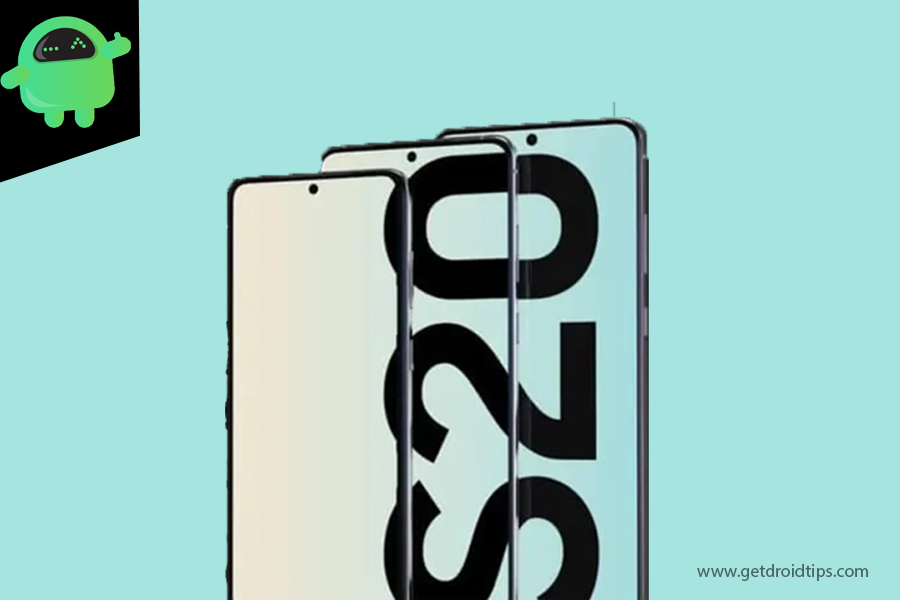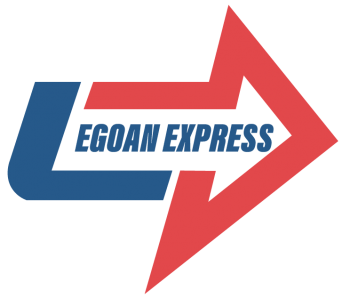Contents:


Under the FIFO method, the cost of goods sold for each of the 60 items is $10/unit because the first goods purchased are the first goods sold. Of the 140 remaining items in inventory, the value of 40 items is $10/unit and the value of 100 items is $15/unit. This is because inventory is assigned the most recent cost under the FIFO method. It stands for “First-In, First-Out” and is used for cost flow assumption purposes. Cost flow assumptions refers to the method of moving the cost of a company’s product out of its inventory to its cost of goods sold.

Inventory can fluctuate in costs over time and it’s important to accurately calculate those changes.. When all components of a finished product can be tracked throughout their time inventory, this method can be used. However, if all items can’t be individually tracked, then FIFO, LIFO or average cost would work best.
FIFO Conclusion
Like other legitimate business costs, the cost of the products you buy to resell can be deducted from your business income to reduce your taxes. FIFO is one of several ways to calculate the cost of inventory in a business. The other common inventory calculation methods are LIFO (last-in, first-out) and average cost. It can be especially misleading if you have several different types of products with varying production costs. For instance, if you sell two items and one costs $2 to produce while the other costs $20, the average cost of $11 doesn’t represent either cost very well.
By ensuring that the older inventory is sold first, FIFO helps to avoid having too many products sitting in inventory that could eventually become obsolete or decrease in value. There are also other benefits of using FIFO which we’ll discuss in this article. Intel technologies may require enabled hardware, software or service activation. // Intel is committed to respecting human rights and avoiding complicity in human rights abuses.
LANDS’ END, INC. MANAGEMENT’S DISCUSSION AND ANALYSIS OF FINANCIAL CONDITION AND RESULTS OF OPERATIONS (form 10-K) – Marketscreener.com
LANDS’ END, INC. MANAGEMENT’S DISCUSSION AND ANALYSIS OF FINANCIAL CONDITION AND RESULTS OF OPERATIONS (form 10-K).
Posted: Mon, 10 Apr 2023 21:05:08 GMT [source]
Last in, first out assumes that the most recently purchased inventory was sold first. When prices are rising, LIFO increases COGS and therefore results in a lower gross profit and income tax bill for the current period. The higher COGS also results in a lower ending inventory value.
FIFO vs. LIFO: What Is the Difference?
We also reference original research from other reputable publishers where appropriate. You can learn more about the standards we follow in producing accurate, unbiased content in oureditorial policy. Full BioSuzanne is a content marketer, writer, and fact-checker. She holds a Bachelor of Science in Finance degree from Bridgewater State University and helps develop content strategies for financial brands.
How to Calculate FIFO & LIFO – smallbusiness.chron.com
How to Calculate FIFO & LIFO.
Posted: Tue, 12 Jul 2016 23:53:32 GMT [source]
In the absence of inflation, both LIFO and FIFO give the same outcomes. However, if inflation is substantial, the accounting system you choose might have a significant impact on your taxes. FIFO is considered the most traditional method of accounting, but LIFO can help you save a lot on your taxes. The IRS does not prefer LIFO inventory valuation, just because it typically results in lower profits . But, the IRS does allow businesses to consider LIFO accounting, requiring an application, on Form 970. The IRS has set up some possible ways you can calculate the cost of goods sold.
First In, First Out (FIFO) Method Problem and Solution
It also results in higher net income as the cost of goods sold is usually lower. While this may be seen as better, it may also result in a higher tax liability. In jurisdictions that allow it, the LIFO allows companies to list their most recent costs first.
- This has resulted in a lower inventory cost and a higher profit margin for your business.
- Inventory is the sum of finished goods, raw materials, and work in progress, whereas stocks are the products sold to customers in any form.
- This gross profit of $22 lies between the $25 computed using the periodic FIFO and the $20 computed using the periodic LIFO.
- Although the oldest inventory may not always be the first sold, the FIFO method is not actually linked to the tracking of physical inventory, just inventory totals.
Also, the number of inventory units remains the same at the last of that period. And to calculate the ending inventory, the new purchases are added to it, minus the exact cost of goods sold. Fifo Lifo finder uses the average cost method in order to find the COG sold and inventory value.
What is FIFO in inventory accounting?
It makes sense to keep track of the Inventory as the same is carried forward to the next reporting period and becomes the Beginning Inventory. Any inaccurate measure of Ending Inventory will result in financial implications in the new reporting period. Accounting PeriodAccounting Period refers to the period in which all financial transactions are recorded and financial statements are prepared. Using the earlier costs, and in an inflationary environment, LIFO ending Inventory is less than the current cost.

One day, you receive a shipment of 500 pencils that you purchased for $0.50 each. The next day, you receive another shipment of 500 pencils, this time purchased for $0.60 each. You store the first shipment of pencils on the bottom shelf of your storage rack and the second shipment on the next shelf above the first. The latency pulse available at a latency measurement port of a FIFO appears as shown below.
If all pieces are not known, the use of how to calculate overtime pay, LIFO, or average cost is appropriate. Though there are financial implications of their decision, some companies may choose a method that mirrors their inventory (i.e. a grocer often sells their oldest inventory first). Also, because the newest inventory was purchased at generally higher prices, the ending inventory balance is inflated. When a company opts for FIFO, it first sells the product purchased first. However, FIFO can be used in any industry where product demand or prices may fluctuate.
Ending inventory value impacts your balance sheets and inventory write-offs. It turned out that the vegan pumpkin dog treats were a huge hit and bringing in favorable revenue. But when it was time to replenish inventory, her supplier had increased prices. When Susan first opened her pet supply store, she quickly discovered her most high-demand, fastest-selling products that generated the highest profit margins. Can overstate the company’s profits, due to the gap between costs and revenue. Let’s say on January 1st of the new year, Lee wants to calculate the cost of goods sold in the previous year.
Weighted Average vs. FIFO vs. LIFO: What’s the Difference? – Investopedia
Weighted Average vs. FIFO vs. LIFO: What’s the Difference?.
Posted: Sat, 25 Mar 2017 17:35:33 GMT [source]
Only a few large https://1investing.in/ within the United States can still use LIFO for tax reporting. FIFO inventory management seeks to value inventory so the business is less likely to lose money when products expire or become obsolete. That would leave 50 units from beginning inventory and 75 from the purchase on January 3rd. Update the list of goods available for sale to reflect what was sold and the additional purchase on January 12. While this check figure will not ensure that you picked the right units, it will ensure that you accounted for all the units and calculated the cost correctly.
Many years ago on a friend’s father asked me to create a First in First Out FIFO calculator for stocks which he held. It appears the taxation on stock purchases becomes increasingly difficult when you are purchasing the same stock multiple times. Tracking the P&L on a stock becomes difficult based on a first in first out basis.
- Calculating ending inventory is important for businesses in virtually every industry.
- And, the ending inventory value is calculated by adding the value of the 40 remaining units of Batch 2.
- Overall, the FIFO system has helped you run your warehouse efficiently, effectively, and has provided financial benefits as well.
- Switching back and forth between approaches, on the other hand, may result in computation mistakes, which the IRS may explore further.
Grocery stores are a great example of an industry in which FIFO is popular. It basically means that when they buy milk from a farmer, the oldest milk purchased is the first milk that is sold… For that reason, the LIFO method is not allowed in countries that adhere to the International Financial Reporting Standards . But in the U.S., businesses follow the Generally Accepted Accounting Principles , which says you can use the LIFO method for inventory accounting. If you’re a business that has a low volume of sales looking for the most amount of detail, specific inventory tracing has the insight you’ll need.

The average cost inventory method assigns the same cost to each item. The average cost method is calculated by dividing the cost of goods in inventory by the total number of items available for sale. This results in net income and ending inventory balances between FIFO and LIFO. If you’re looking for an alternative method to value your inventory, the Average Cost approach is another solution. This can be a good option for businesses that purchase large quantities of the same product.
 ventas@legoan.com
ventas@legoan.com (+51) 983 415 033
(+51) 983 415 033




